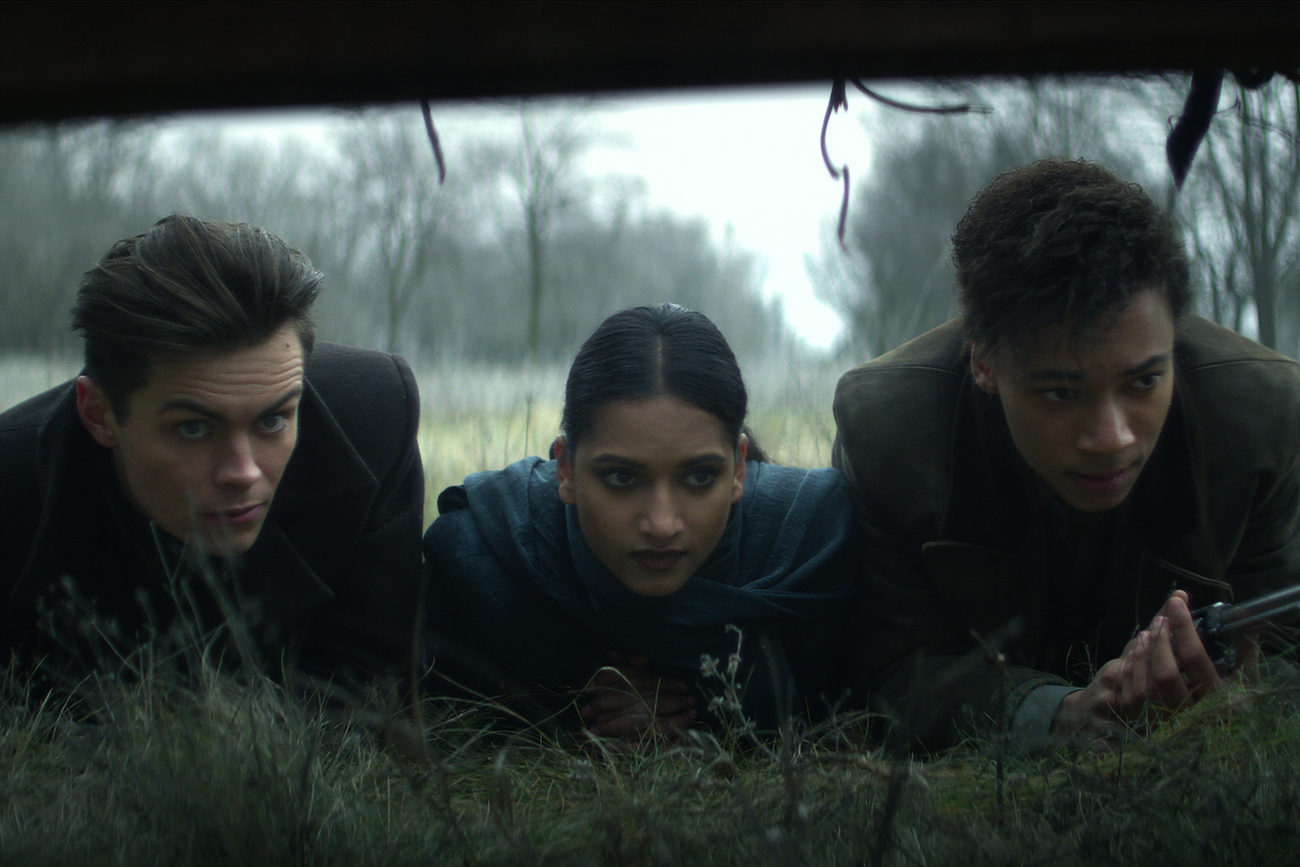On April 23, 2021, Shadow and Bone, a television adaptation of Leigh Bardugo’s bestselling Shadow and Bone trilogy and Six of Crows duology, released to rave reviews. According to Netflix, over 55 million member-households watched it in the first 28 days. Compelling storylines, captivating visuals and a stellar cast brought the Grishaverse to life, making the fanbase considerably larger.
Bardugo’s work stands out for its layered characters, complex themes and intricate world-building. For me, one of the most memorable moments of the show was the entry of Inej Ghafa, played by the talented Amita Suman. Inej is a fan favourite, a deadly Suli assassin known as ‘the Wraith’. Seeing her on the screen brought on a “Hey, we’re out of the blind spot!” moment, if you will. The characterisation of Miss Ghafa serves as a marker for not just how far we’ve come along the representation meter, but also how far we still have to go.
Why does representation matter so much? Simple. It makes us feel seen. YA authors now write for a global and informed readership that expects an authentic portrayal of ethnicities. It’s important for readers to be able to identify with the characters we read about, especially from a cultural perspective. We don’t take lazy work lightly, which is evidenced by the re-evaluation of the books that we read when we were younger.
A good example of this is when we revisited a character from J.K. Rowling’s Harry Potter series: Cho Chang.
Poor, miserable, moody Cho Chang. Can we take a moment to acknowledge that her name isn’t even real? Cho is actually a Korean surname, and Chang a Chinese one. It’s hard to believe that J.K. Rowling, who came up with names like Mundungus Fletcher and Albus Percival Wulfric Brian Dumbledore, couldn’t think of a more authentic name (or nationality) for Chang. And once her relationship with Harry came to a tearful end, she was relegated to the background and her mental health problems were given no real relevance. In contrast, other supporting characters such as Remus Lupin, Dobby and Percy Weasley dealt with serious issues that ranged from fighting stigma to overcoming inbuilt discriminatory beliefs.
Ursula Le Guin’s Earthsea Quartet stands out as one of the earliest fantasy series to have a non-white character as the protagonist (Sparrowhawk, also known as Ged). She deviated from conventional writing norms to create a world where characters from multiple ethnicities could exist as regular people, while also made her appeal to a wider audience. In 2004, the first two Earthsea books were made into a TV show called Legends of Earthsea, a whitewashed adaptation of Le Guin’s series. The author responded to this with outrage: “My colour scheme was conscious and deliberate from the start. I didn’t see why everybody in science fiction had to be a honky named Bob or Joe or Bill. I didn’t see why everybody in heroic fantasy had to be white.”
Race seems to play a vital role in high fantasy. J.R.R. Tolkien’s descriptions of the skin colour of characters in the Lord of the Rings seem to indicate a premise that race determines nature. Case in point: Monsters like orcs are not capable of anything except wickedness. Furthermore, the elves are consistently described as “fair beings”, while orcs are labelled “swarthy” and “slant eyed”. The groundwork he laid influenced several fantasy authors, such as Robert Jordan (The Wheel of Time), who went on to further these tropes (the Trollocs in the series are inspired by Tolkien’s orcs).
Also read: Weird Tales and Hobbits: How Fantasy Art Became Popular
Of course, despite this, these timeless works of fiction have left their permanent mark on literature. Tolkien is regarded as the father of fantasy for a reason, and Rowling inspired an entire generation to take up reading. However, today we must acknowledge the implications of misrepresentation and hope that authors do better.
Even India’s popular Amar Chitra Katha series has, in part, promoted colourism through its explicit depictions of heroes and villains. In an essay for The Atlantic, Shaan Amin writes, “In issue #67 (The Lord of Lanka) Pai (Anant Pai, creator of ACK) even distinguishes a demonic family’s virtuous members from its evil members by shading them white.” Fair-skinned apsaras gallivant in the clouds, while dark-skinned asuras plot against honourable gods in the world of ACK. Amin goes on to highlight the implications of these tropes: “In Indian culture, where dark skin is frequently associated with lower caste, colourism fuels casteism.”
Representation in YA fiction has become a sensitive issue for readers in recent years. More writers have an inclusive approach in their portrayal of POC characters now, with book series like Percy Jackson (Rick Riordan), Red Queen (Victoria Aveyard) and the aforementioned Six of Crows incorporating a larger canvas of characters from different cultures.
While some writers would still have you believe that Asia is perhaps just China and Japan, authors like Sabaa Tahir (An Ember in the Ashes) and Roshani Chokshi (The Star Touched Queen) are carving out a space for South Asian characters in YA fiction by adopting certain facets of their own lore into the fictional worlds of their novels.
Authors are not obligated to create diversified characters. After all, it’s their work and they choose who to write about. However, if a story involves racially and culturally diverse characters, authenticity should matter. We’re not tokens or stereotypes – we have our own myths and legends.
When writing about the cultural experiences of readers all around the world in order to get across to us, one must remember Inej Ghafa’s proverb: “The heart is an arrow. It demands aim to land true.”
Ishaan Rajabali is a Class 12 student in Mumbai with an interest in politics, literature and biology. He is currently trying to finish his TBR before his holidays end.
Featured image: Netflix

